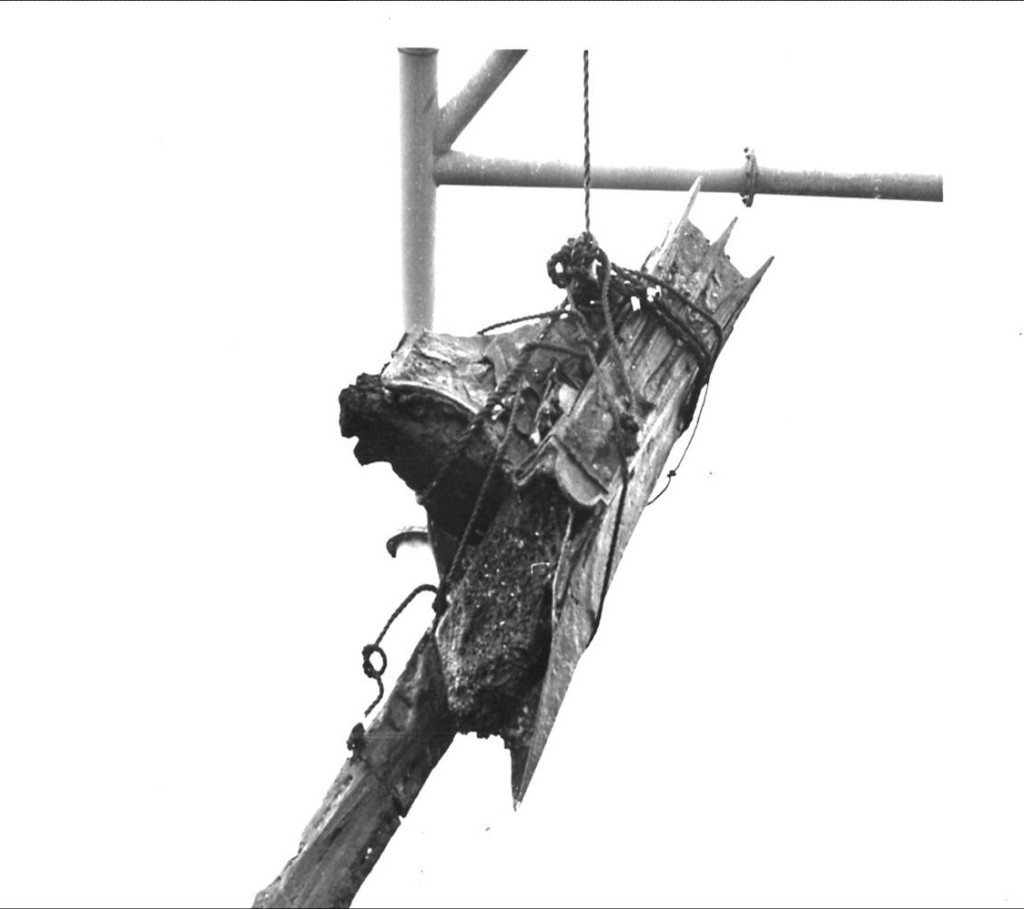
(This post also appeared on Loren Steffy’s Writings and Ramblings blog)
If you’re an Indiana Jones fan, you’re probably familiar with the plot structure for The Dial of Destiny, the latest installment in the film series. It follows the same pattern the previous films: Take a known archaeological artifact, give it mystical powers, and leave clues all over the world for Indy and his nemeses (usually Nazis) to pursue.
The Dial of Destiny focuses on the Antikthera Mechanism, a bronze device with interlocking gears that is believed to have predicted the movement of the sun, moon and planets. It may even have predicted solar and lunar eclipses.
The mechanism was discovered in the wreck of a Greek merchant ship found by sponge divers in 1900. But that’s where the movie veers from reality. The Antikthera Mechanism wasn’t split into two pieces and hidden, and neither of those pieces were collected by the Third Reich. It’s in the National Archaeological Museum in Athens. So far, it hasn’t opened any time portals.
The movie claims one part of the mechanism was found not on a Greek cargo ship, but a Roman warship. And here I have a few nits to pick, since I grew up with a father who was a leading authority on ancient ships and who frequently pointed out inaccuracies in films and television shows.
I don’t think my dad ever watched an entire Indiana Jones film, and he found the entire premise amusing. The closest my dad got to fighting Nazis was during his time on a destroyer escort in World War II.
But he would have taken issue with the claim that a Roman warship was found in 1900.
While Greek and Turkish sponge divers discovered dozens of shipwrecks in the Mediterranean, they didn’t find warships. Nautical archaeologists for years puzzled why most of the ancients ships they discovered were merchant vessels, even though written texts speak of hundreds of naval battles.
One theory was that without cargo to press their hulls into the seafloor, sunken warships simply rotted away. Wood exposed to warm water for centuries deteriorates quickly, and it’s a favorite of teredo worms, mollusks that borrow into exposed wood.
In 1981, Israeli archaeologists recovered a battering ram from a Roman warship in the Sea of Athlit. The main hull was long gone, but my father oversaw the removal of the 16 pieces of wood inside the ram’s bronze casing. As I wrote in my book The Man Who Thought Like a Ship:
The ram’s design was simply brilliant. Its blunted end ensured it would batter its enemy yet not ensnare its own vessel as a pointed, spear-like design would; its underlying wood structure [was designed for] dissipating the force of the impact along the hull, minimizing the damage to the ramming ship.
My other quibble with the movie is that the second half of the Antikthera device is unearthed in another wreck of a Roman warship (which was located way too easily). The wreck is remarkably intact. Again, a ship that sank in warm water in the 4th century BC would not have any hull timbers remaining above the sea floor.
It’s the reason that nautical archaeologists for years debated ship design of upper hulls. For example, no one knew the spacing of oars on Byzantine galleys until about 20 years ago because bulwarks and upper hull sections rarely survived underwater.
It mattered because if galleys allowed too much room for the oarsmen, the hull would sag in the middle under their weight. If the oars were too close together, oarsmen couldn’t get a full stroke, leaving the vessel underpowered. Replicas of a Greek trireme and other vessels were built to test out various theories, but without the discovery of an upper hull, no one knew for sure.
Then, in 2004, construction crews digging a subway tunnel in Istanbul’s Yenikapi neighborhood undercovered the ancient harbor of Theodosius, one of Constantinople’s trading ports. The site contained 37 medieval ships, and because they hadn’t been rotting on the seabed for centuries, the bulwarks were preserved, giving an accurate measurement of the oar spacing for a Byzantine galley (95 centimeters).
And finally, one other point about the movie worth mentioning: if you’re a diver, you know that Antonio Banderas’s tactic for avoiding the bends is not just wrong but dangerous.
Of course, if you’re willing to accept the idea that Indiana Jones and a group of Nazis flew back in time to the 4th century BC and witnessed the Battle of Syracuse, you probably aren’t too worried about whether the ships are depicted accurately.
And if they hadn’t had an intact shipwreck, they wouldn’t have had a place for the moray eels. What’s an Indiana Jones movie without a gross-out snake/bug/invested skeleton scene?
I enjoyed the film, and I’m a little surprised the film is already being a labeled a flop. Its financial failure may say more about the state of cinema today than the movie itself. The new film is an enjoyable addition to the series, even if it pales compared with the original.

